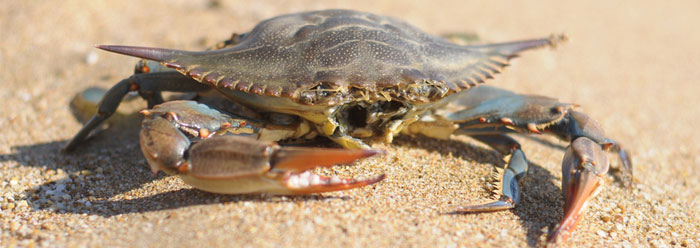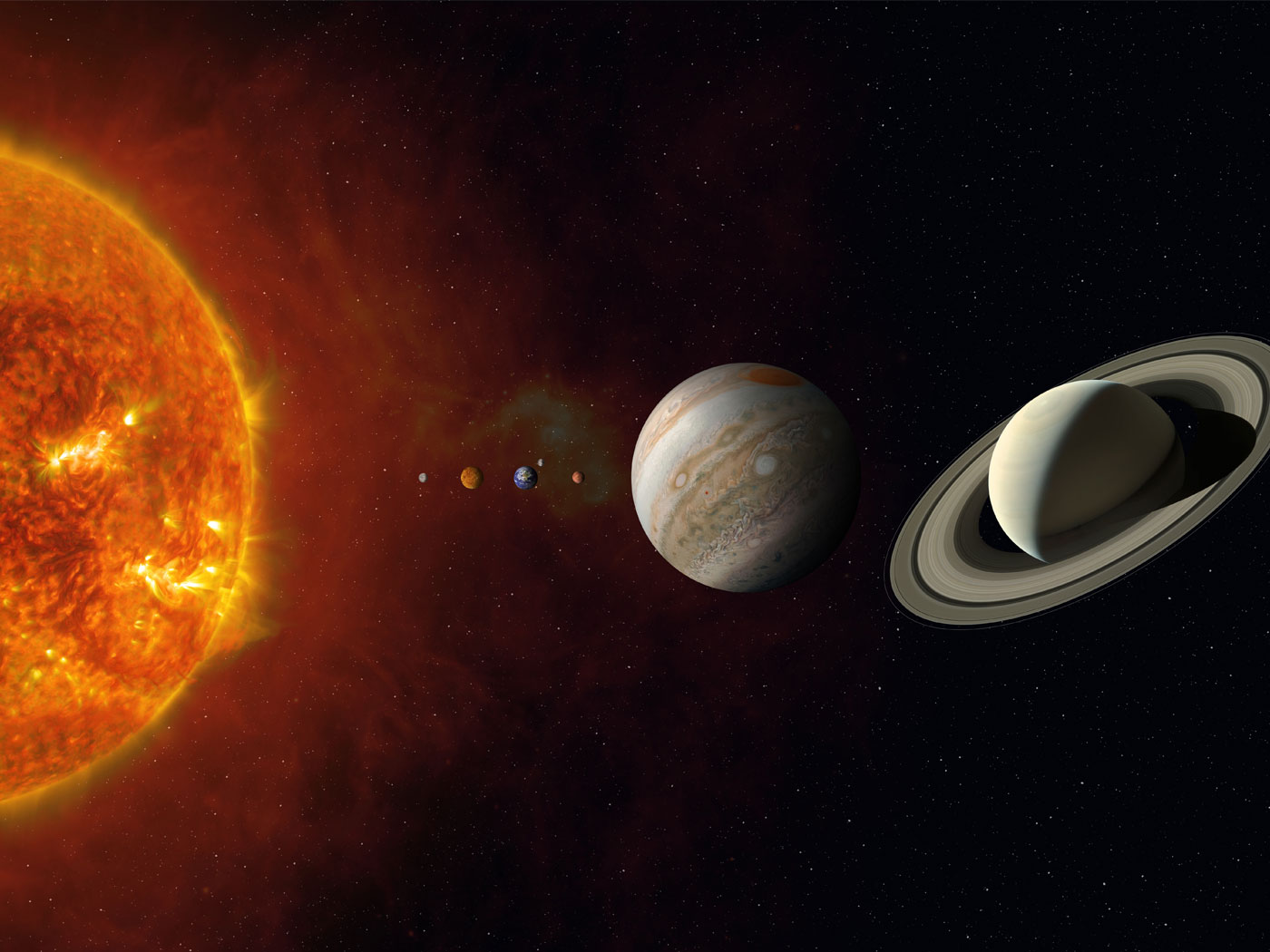People instantly recognize intelligent engineering in a structure that has optimized size or shape. Optimum parameters don't just happen. So when two mechanical engineers recently discovered optimum sizing in locust legs, to what did they attribute that high level of engineering?
The researchers from Trinity College Dublin began by modeling hollow cylinders with various radius-to-thickness ratios—the basic shape of a bone's cross-section called the "r/t value." Then they compared their model's optimum ratios to those of the locust tibia, a blue crab leg segment, and the human femur. David Taylor and Jan-Henning Dirks published their results in the Journal of the Royal Society Interface.1
What they found confirmed their expectation that "evolutionary selection has operated to optimize the use of bone material."1 But their results also confirmed the expectations of intelligent design theorists and biblical creationists. All three origins frameworks expect to find optimized design in living creatures, but they disagree as to why.
The locust, actually a grasshopper that only swarms as a locust under certain cues, has a long, narrow tibia as a part of its back leg.2 As opposed to having to resist compression forces, grasshoppers call upon their tibias to resist bending while jumping. The researchers discovered that "the locust tibia has an r/t value that is close to optimal for resisting bending forces, and it appears to have adjusted its detailed shape to improve resistance to ovalization during bending," as would be appropriate for jumping.1
But blue crabs don't jump. The fourth leg segment from the crab body, called the "merus," has a different cross-section than the grasshopper tibia. Could it be optimized for crab life under the sea? The investigators found that a merus with a larger cross-sectional radius but with the same thickness as that of the real blue crab "would cause failure to occur preferentially in bending, while higher values would encourage axial failure."1 Fortunately, the crab leg strikes the perfect balance between the two design extremes, having just the right shape for what it needs.
The same study showed, however, that the human tibia is far from the ideal shape to resist either compression or bending. However, the study, which treated the bones as hollow round tubes, ignored the usefulness of skin, the additional strength provided by muscle, and the multifunctional uses of bone. Plus, people would just look weird as giant arthropods. A separate study found that the human tibia is ideally shaped when it factored in the support added by bone's interior trabecular structure.3
Authors Taylor and Dirks substitute natural processes for a real engineer. This is easily seen when one replaces the word "evolutionary" with the word "design" in their sentence: "Looking at the different evolutionary 'approach' of load-bearing structures in arthropods and vertebrates prompts the question: 'is it better to have compact, thick-walled internal bones or broad, thin-walled external ones?'"1
Is it reasonable to expect nature to engineer at all, let alone to optimize structural shapes? Not only is there no evidence that nature is engineering anything today and no evidence that it engineered past arthropods—fossil crabs and insects look just like living crabs and insects—but natural laws themselves show why they could not possibly substitute for a designer.4,5,6
So it looks like people can trust their intuition. Crabs, grasshoppers, and human limbs were optimized on purpose by a living Engineer.
References
- D. Taylor and J.-H. Dirks. Shape optimization in exoskeletons and endoskeletons: a biomechanics analysis. Journal of the Royal Society Interface. Published online September 12, 2012.
- Thomas, B. The Confusing Origin of Locust Swarms. ICR News. Posted on icr.org January 8, 2009, accessed September 13, 2012.
- Currey, J.D, and R. M. Alexander. 1985. The thickness of the walls of tubular bones. Journal of Zoology, London (A). 206: 453-468.
- Sherwin, F. 2011. Insects in Darwin's Ointment. Acts & Facts. 40 (4): 16.
- Thomas, B. Why Do Creatures in Ancient Amber Look So Modern? ICR News. Posted on icr.org September 7, 2012, accessed September 13, 2012.
- Sewell, G. 2011. A second look at the second law. Applied Mathematics Letters, Article in press. Posted on math.utep.edu.
* Mr. Thomas is Science Writer at the Institute for Creation Research.
Article posted on October 3, 2012.

























